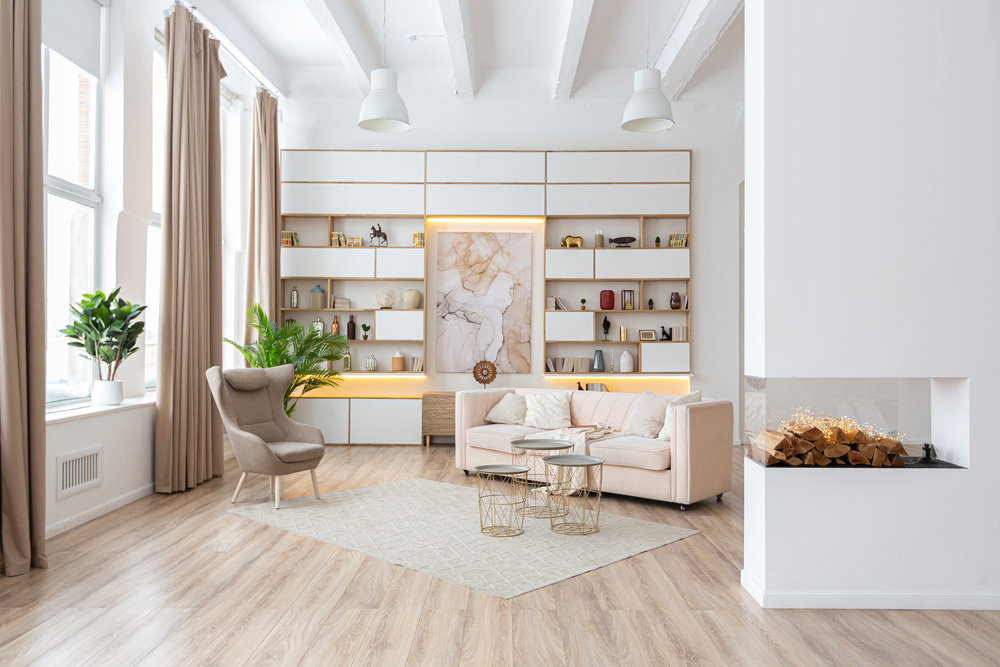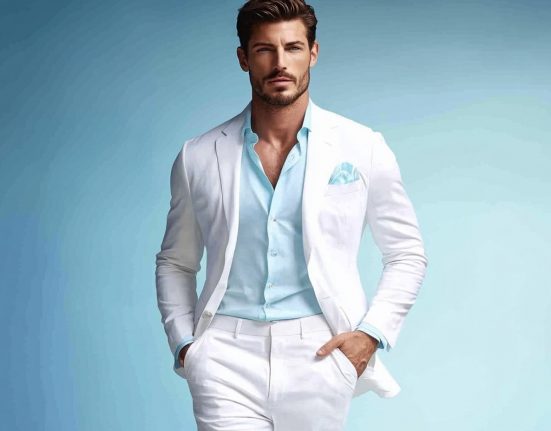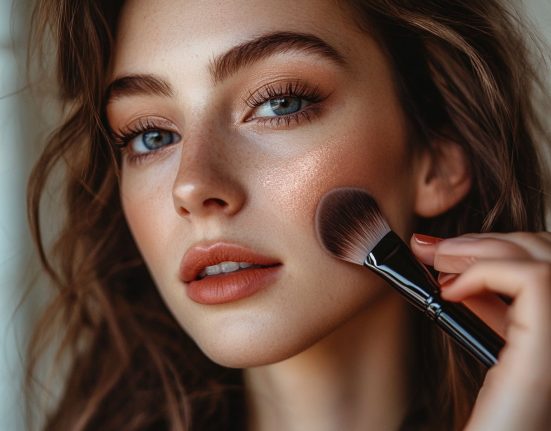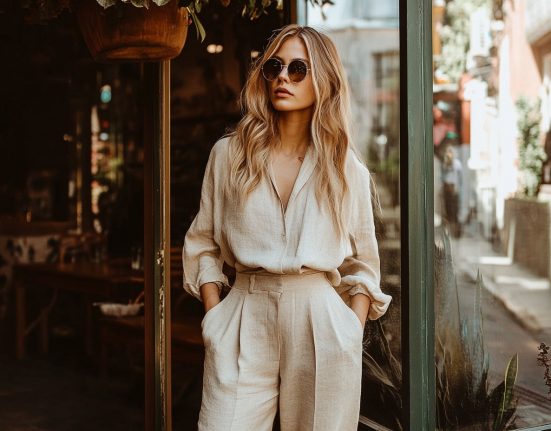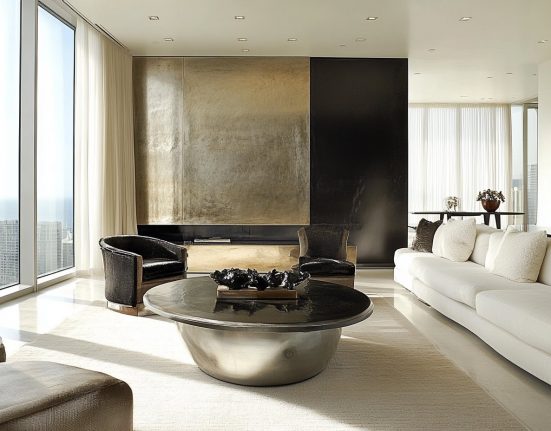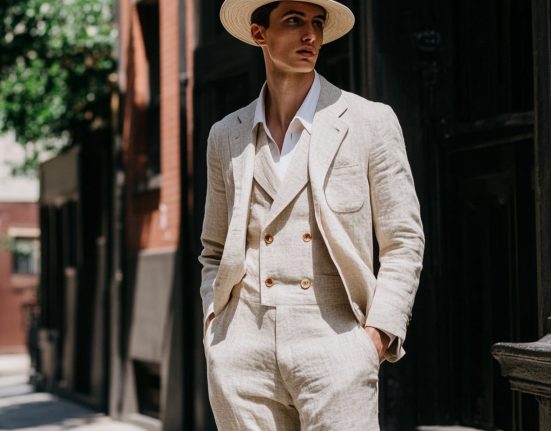Looking to find your new home style? Check out this list of today’s hottest trends.
Maximalism
Maximalism has been around as long as people have decorated their bodies and homes, but it’s having a big, bold moment now.
Trends swing on a pendulum. Over the last few years, minimalism has had its day. Maximalism looks like Versailles, Victorian homes, Harper’s Bazaar and Vogue editor Diana Vreeland’s notable New York apartment and interior designer Kelly Wearstler’s portfolio.
“Maximalist design is a vibrant, bold and eclectic style that celebrates abundance and embraces an ‘anything goes’ approach to decor,” says Ariana Lovato, owner and principal designer of Honeycomb Home Design.
Lindsay Boudreaux, proprietor and creative director of Shotgun Double Interior Design, says the lack of hard and fast rules when designing your space makes maximalism appealing.
“Ultimately, there is an art to designing in this style, as it could easily swing into hoarder territory,” she says. “The magic is in the mix, and this style is best executed when everything in the room is above average in quality.”
Maximalism’s feel particularly resonates with artists, travelers and anyone who loves a collection.
Modern Farmhouse
Although many interior designers feel some post-peak vibes from the modern farmhouse design, consumers are still clamoring for its mix of cozy comforts and natural design elements.
And beyond original farmhouses, many are building homes with a farmhouse aesthetic, too. You may know it from the work of one popular designer: HGTV Fixer Upper star Joanna Gaines.
“Obviously, the first thing that comes to mind when I think of this style is white-painted, shiplap wood wall paneling,” Boudreaux says. “But other markers of the modern farmhouse style are reclaimed wood, a mix of light and dark neutral colors in varying textures and handmade textiles, like quilts and knitted blankets.”
Lovato says the design draws inspiration from the rustic charm of farmhouses, combining “elements of simplicity, warmth and functionality.” Want a newer spin on the older trend? Lovato likes Studio McGee and Becky Shea Design.
For another twist, think Old World English cottage style. Check out Shaker cabinet kitchens from design companies like deVOL.
Midcentury Modern
Lovato says the now-timeless style of midcentury modern is “still definitely popular,” even after its resurgent peak in the early-to-mid 2000s with the Mad Men era.
Investing in the classic furnishings like midcentury credenzas, Eames chairs and Eero Saarinen tables still seems a good bet, because they hold their value and their retro-futuristic designs. These pieces seem to defy actual decade categorization, playing well with a variety of accessories and accents.
Lovato says you can get the look with “lots of black walnut finishes, beautiful green accents and warm finishes.”
Arsight founder and interior designer Artem Kropovinsky says to make sure all the elements and design features serve a purpose. Midcentury design was all about marrying fashion and function. Think of a modular shelving unit, which acts as the storage and a room divider.
Not ready to invest in statement furnishings? Kropovinsky says to consider decluttering, then introducing a statement piece of midcentury art or midcentury modern furniture.
Biophilic
Human beings are meant to connect with the Earth and the outside world. And after the past few years, consumers are finding themselves craving bringing the outdoors in.
Kropovinsky says biophilic design is all about “naturalizing interiors.” That means decorating with organic materials, like warm, sustainable, durable cork floors.
It’s for people who consider themselves plant parents and love to maintain indoor gardens. It’s about letting sunlight in, and decorating in a color palette that embraces the jewel tones of the outdoors: emerald and grass greens, bold blues, pops of yellow.
“It is a serene counterpart to the industrial style, suitable for people who prefer their home environment peaceful,” Kropovinsky says. The bonus? “This trend is cost-flexible, making it suitable for affordable and glamorous versions,” he says.
Elevated Transitional
Lovato says she sees a trend emerging that lives between traditional and modern, called elevated transitional. What does that mean? It’s using traditional pieces in modern ways. Being sophisticated and elegant but not stuffy or stiff.
More tactically, it means mixing wood finishes and accentuating them with black accents. It also means that you’re not afraid to create moodier, darker and sexier moments — the opposite of the light, white and bright feeling of Danish or farmhouse designs. It’s mixing in rustic or timeless elements for a can’t-put-your-finger-on-it era.
The one color story to really emerge from this design trend? Warm hues, especially amber, which is having a huge moment in interior design.
Art Deco Revival
After the interior design focus on minimalism the last few years, some are embracing the more-is-more maxim and layering in the intricacies of 1920s Art Deco style, a symbol of Roaring ’20s wealth. Some shorten it to Gatsby style.
When you think Art Deco, think “bold, glamorous, and vintage,” Kropovinsky says. “The resurgence of Art Deco includes geometric patterns and lavish materials.”
Ideal for retro lovers and collectors, it tends to be as costly as it appears, due to the complexity of the materials and designs. But it will leave a lasting “wow” factor. The Empire State Building remains a perennial favorite the world over for its Art Deco style.
Elements for the home include bold patterned wallpaper, lots of metallics and ornate (often carved) furnishings, often with geometric or nature-based motifs. Think maximalism, as expressed 100 years ago.
Japandi
Not quite midcentury modern, not quite ultramodern, Japandi mixes the clean lines of Japanese and midcentury Scandinavian design with the warmer elements of Danish hygge and the outdoors.
“This style celebrates simplicity, natural materials and soft colors,” says Kropovinsky. “It is ideal for lovers of a minimalist but homey environment.” Think draping an Eames recliner with a chunky knitted afghan or a few artful indoor plants on a Noguchi coffee table.
One caveat, according to Kropovinsky: Getting the look right is often an “investment” that values fewer, but higher-quality pieces.
Bohemian
It’s a style often ascribed to the stars: Think Lenny Kravitz, Stevie Nicks, even Steven Tyler. Flowing lines, mixing opposites (feather boas with leather pants).
Color palettes might be bold or unexpected — desert rose and sand hues, or eggplant and sunshine yellow. Furniture will never, ever be a set. Texture is paramount, too: macramé, caning, patchwork quilts. “There’s a breezy, loose, comfortable nature to how a room is composed, and nothing is too precious,” Boudreaux says.
It’s truly an anything goes, so long as it goes. Lovato agrees. “Bohemian style is known for its eclectic and free-spirited aesthetic,” she says. “It draws inspiration from various cultures and eras, creating a laid-back and unconventional atmosphere.”


